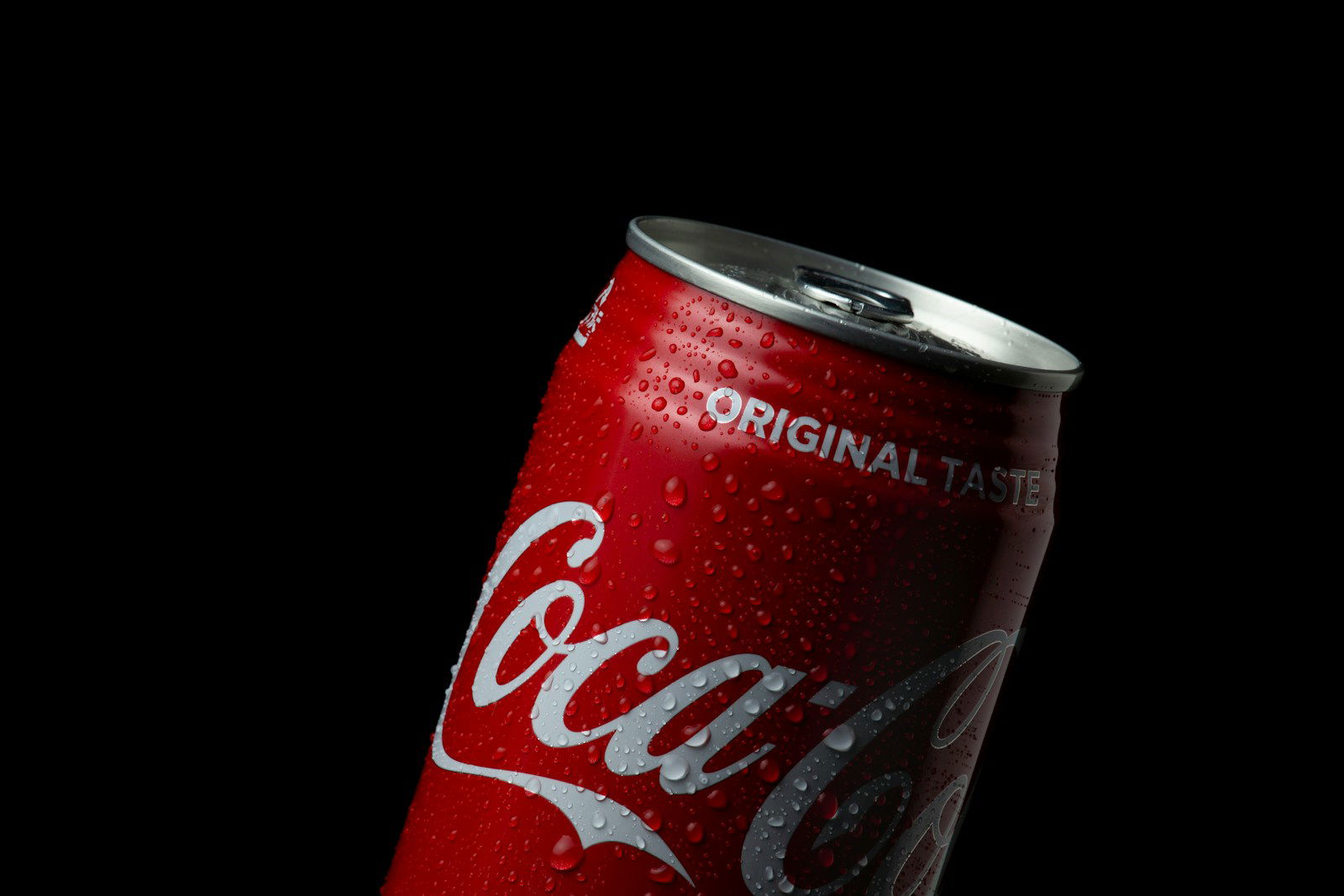
By Gavin Boyle
With the advent of ad-free television and ads that are skippable after only a few seconds, more and more brands are turning to product placement to promote their business rather than traditional ads and producers could not be happier.
“With budget cuts to content happening, producers are trying to figure out more ways to pad their budgets,” Jillian Raskin, the vice president of the United Talent Agency, told Variety. “They’re taking more of an active interest in the space.”
Related: Space Invaders: The Virtual Product Placement Invasion
While product placement has been a staple of Hollywood since the inception of the industry, many shows and movies have also opted to create fake brands instead of providing free promotion for real ones. In BREAKING BAD and MAD MEN, for example, characters are shown smoking “Morley” cigarettes, rather than a real brand. This, however, is becoming less common.
Meanwhile, product placement has the potential to reach millions of people for a flat fee, rather than a dynamic price that changes based on how frequent advertisers want their product to be shown. Place a Coke in THE BEAR, for example, was a much cheaper way for Coca-Cola to reach millions of viewers, than paying hundreds of thousands of dollars to reach the same size viewership through traditional ads.
Product placement, however, has a downside as well, as it limits how products can be used within a story. Because advertisers only want their products to be shown in a positive light, it is uncommon, for example, for villains to use these products.
Apple has become notorious for its product use requirements for which the company stipulates that bad guys cannot be seen using an iPhone or other Apple products.
“While the policy is not explicitly written in Apple’s Guidelines for Using Apple Trademarks and Copyrights, the document states that ‘the Apple product is shown only in the best light, in a manner or context that reflects favorably on the Apple products and on Apple Inc.,” People revealed. “You may not use an Apple trademark or any other Apple-owned graphic symbol, logo, or icon in a disparaging manner.”
Thus, while product placement can serve as a way for productions to raise a little extra money, it can also negatively hinder a story. Meanwhile, many companies look to have their products placed for free, providing productions with free products, but not paying them anything more to have them placed. Nonetheless, as the traditional advertising market continues to break down, advertisers are more willing than ever to try to reach consumers in new ways, or reworking old systems that provide a solution to today’s problems.
Read Next: The Crazy Reason Why On-Screen Villains Won’t Have iPhones
Questions or comments? Please write to us here.


 - Content:
- Content: 

